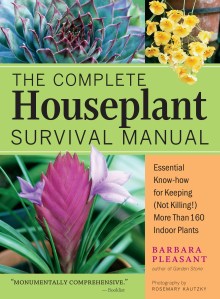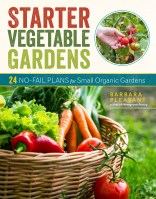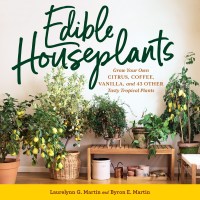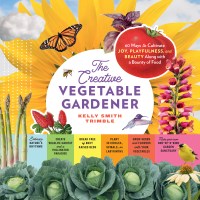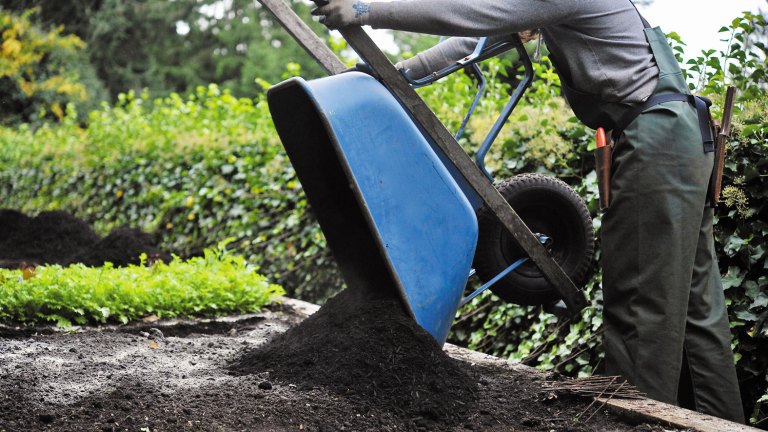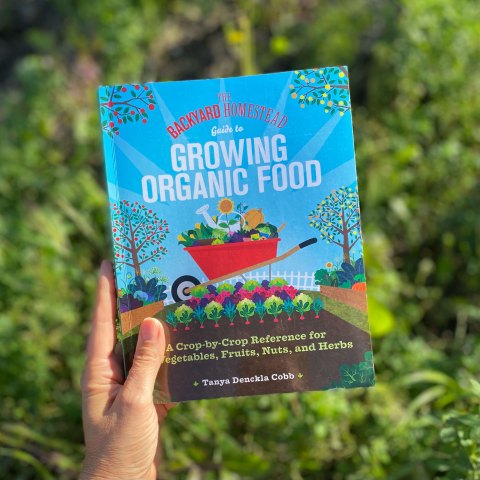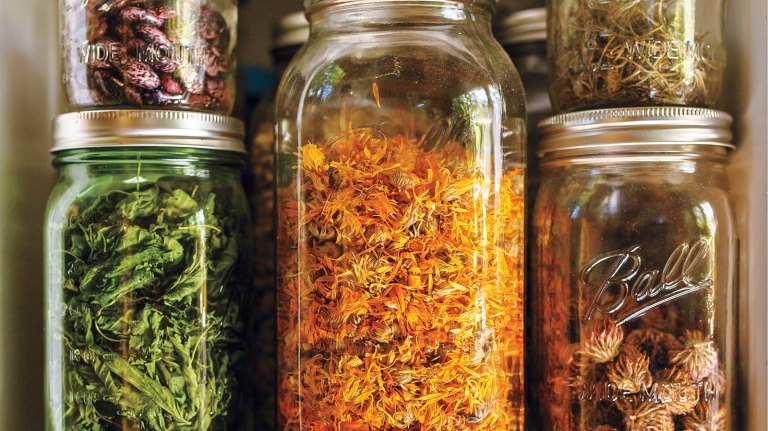Bringing Houseplants Indoors: A What-to-Do Checklist
As the days get shorter and temperatures begin to drop, prepare the houseplants you keep outside in summer for their transition indoors.
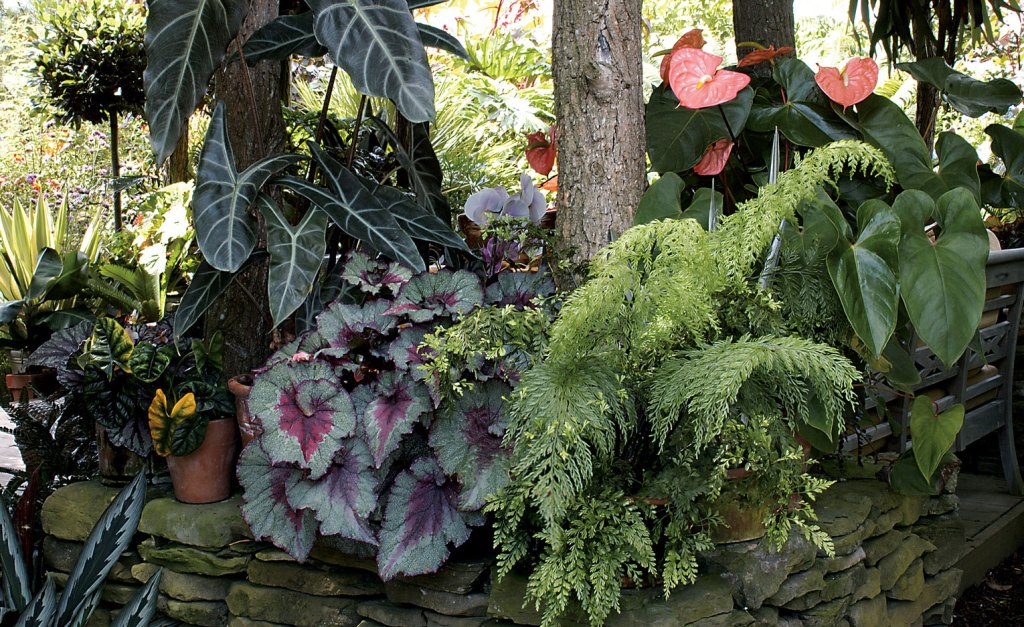
There are many houseplants that love to spend the summer outdoors, where warm temperatures and abundant light help support strong seasonal growth. Every houseplant grower can recall a day when a sudden cold snap caused them to rush to get plants back indoors in one fell swoop, but ideally this should be a well-planned operation.
As days become shorter in late summer, plants will naturally adjust to less light, but it’s still a good idea to move them to a very shady location for a week before bringing them indoors. Tropical plants should be brought indoors before nighttime temperatures dip below 55°F/13°C, but some plants, such as azalea, holiday cactus, and kalanchoe, benefit from staying outdoors through the short, cool days of autumn. However, hardy bulbs that are being forced into bloom are the only houseplants that can be left outdoors in freezing weather.
Some plants will need repotting because they have responded to outdoor warmth and humidity by producing abundant new growth. Subject all plants to the following checklist, and take appropriate measures to fix any problems.
After moving a plant indoors, or when it is simply moved from one location to another, you may need to adjust your watering practices. Reduce watering a little after moving a plant, because it’s always better to let plants become slightly dry than to drown their roots with too much water. In addition, watch for signs that the plant is getting too much or too little light. The retention of good leaf color or the appearance of new growth are signs that the plant has made any needed adjustments and is satisfied with its new home.
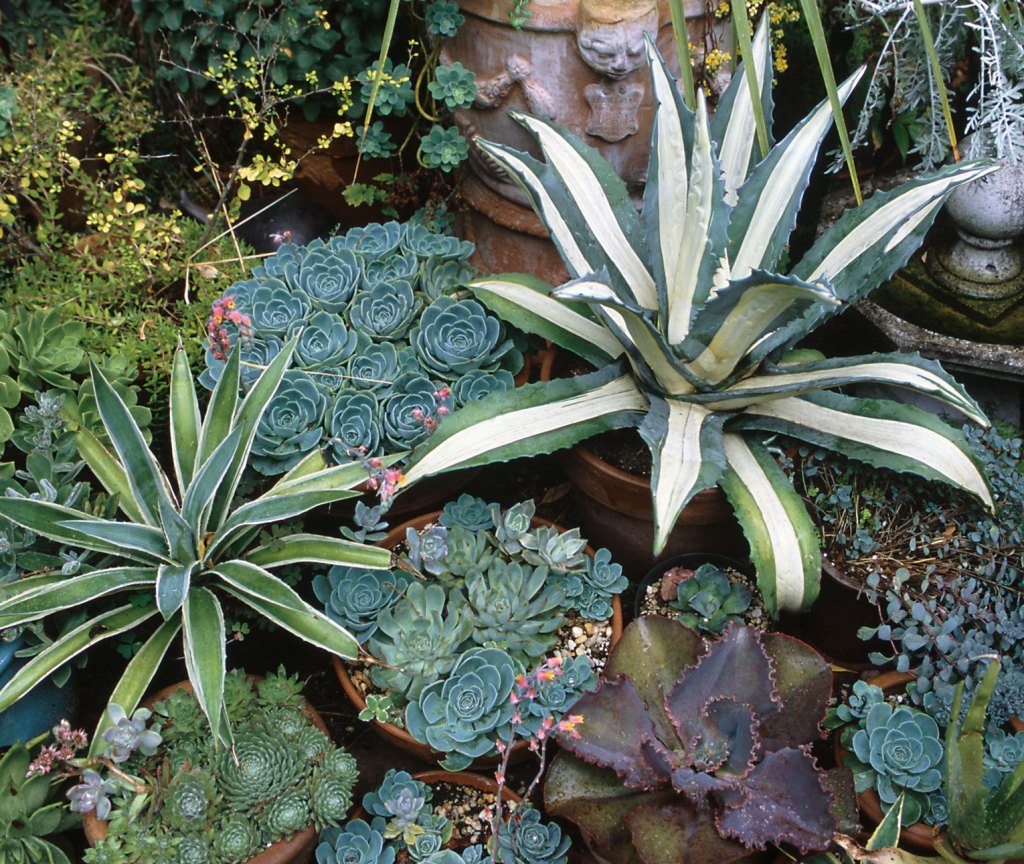
Before You Bring Houseplants Indoors:
Examine roots. Look for stowaway earthworms, earwigs, pillbugs, ants, and other unwanted critters. If you cannot pull the plants from the containers to make a visual check, soaking the roots (still in containers) in a tub filled with a weak insecticidal soap solution for 2 hours is a good idea.
Carefully inspect leaves and stems. Look for evidence of mites, aphids, mealybugs, and other small insects. If the plant tolerates insecticidal soap, as a safety precaution it’s generally a good idea to treat plants before bringing them indoors.
Check pot rim and soil surface. Look for white salt deposits inside the rim of the pot and on the soil’s surface. Plants rarely take up every last bit of fertilizer, particularly in the top 1 in/2.5 cm or so of soil. In that area, moisture tends to evaporate, leaving behind accumulated salts. Frequently, you can see these salts as whitish deposits on the inner rim of the container, and sometimes on the soil’s surface, too. Few plants are immune to the effects of these salts, which destroy root tissues and interfere with a plant’s ability to take up nutrients and water. If the container has not been leached for more than a month, do it before bringing the plant back inside. Sometimes called double watering, or drenching, the procedure goes like this:
- Water plants thoroughly with plenty of clean, tepid water.
- Allow excess water to drip out through the drainage holes for 30 minutes, then drench the pots again.
- For plants that are especially sensitive to salts, a third drenching may be helpful. Be sure to pour off all excess water that accumulates in pot trays when you are finished.
- Resume regular watering and feeding when the soil reaches the appropriate level of dryness for the plant.
Clean up. Wipe or scrub the outside of the pots to remove dirt and stains. In addition, wash out drainage trays.
Excerpted and adapted from The Complete Houseplant Survival Manual © Barbara Pleasant.
It’s a whole new world of houseplants, so make yourself at home in it! If you love the idea of keeping houseplants, but struggle to care for them, you’ll find solace and invaluable advice in this comprehensive guide from expert gardener Barbara Pleasant. Even experienced houseplant enthusiasts will benefit from Pleasant’s expansive knowledge of indoor gardening, which includes personality profiles, growing needs, and troubleshooting tips for 160 blooming and foliage varieties. Create a greener world, one houseplant at a time.
